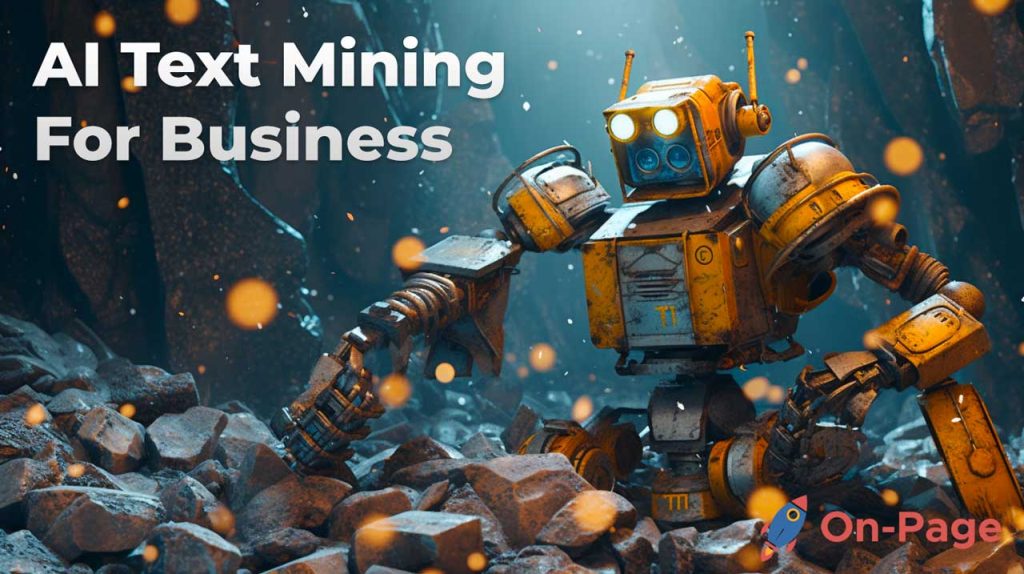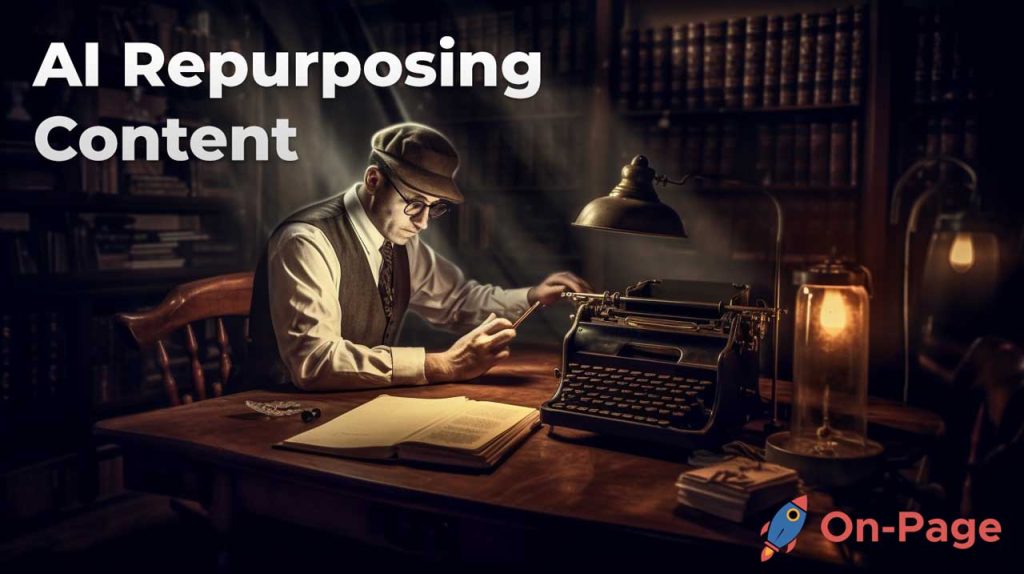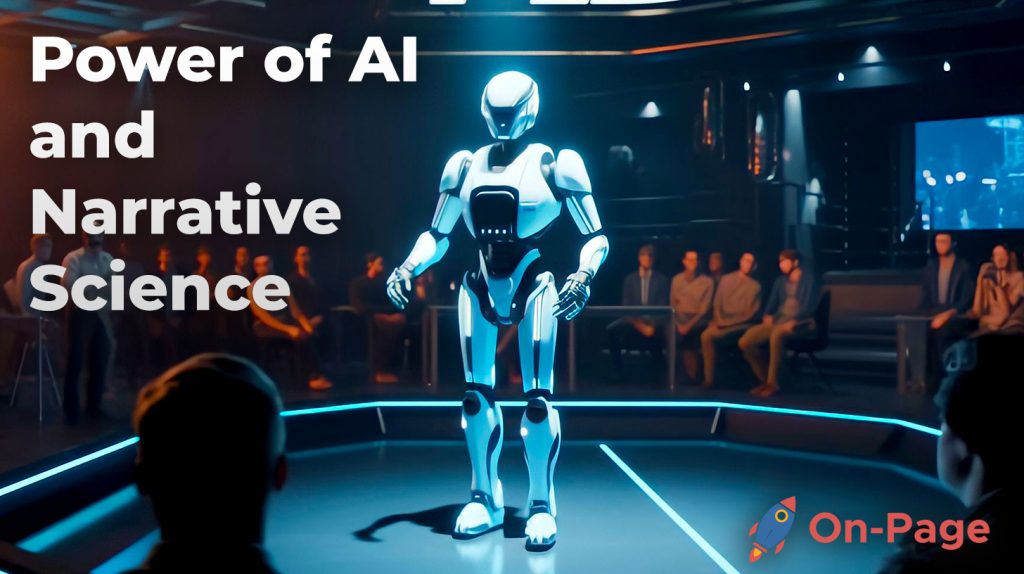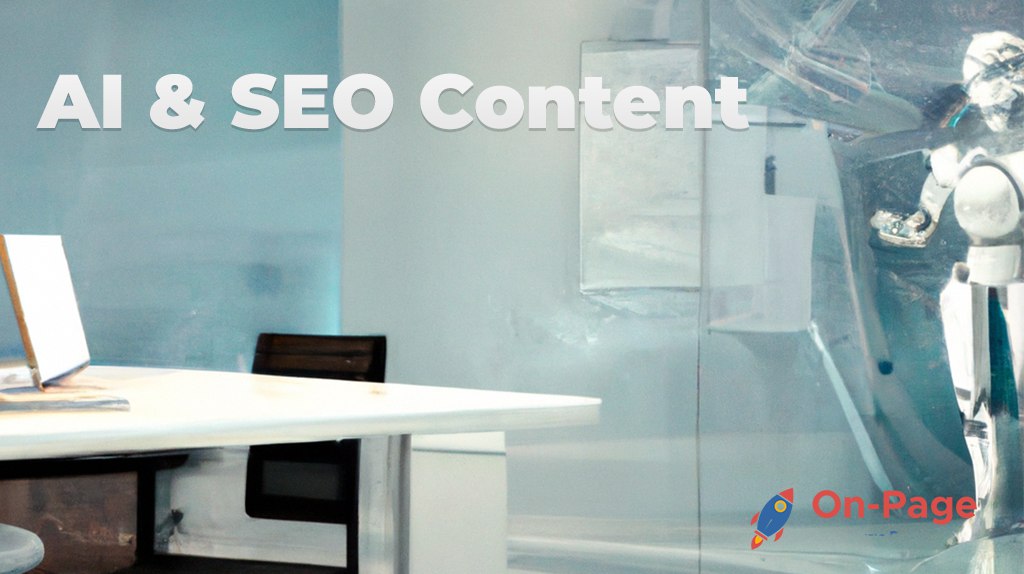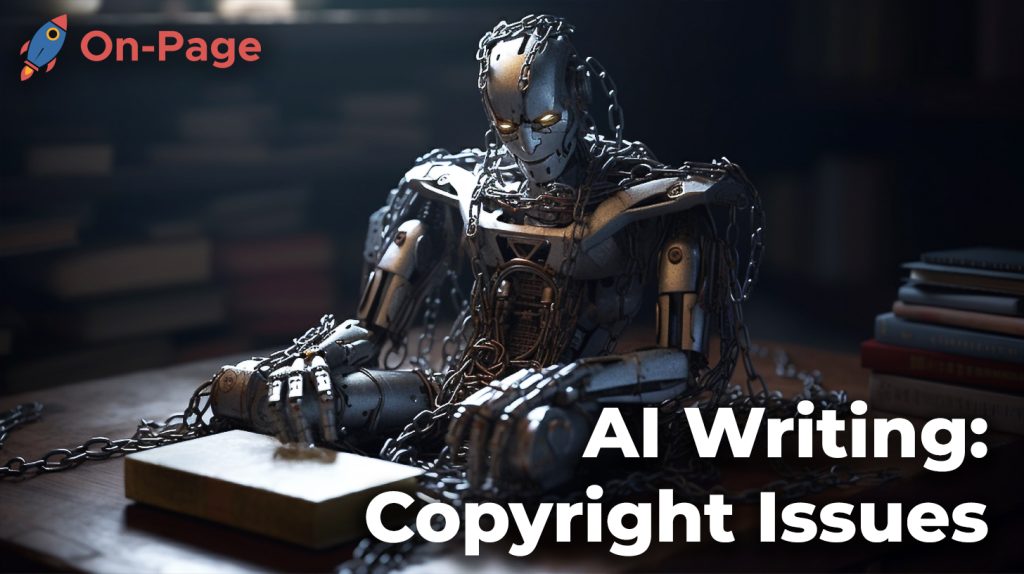
Picture this: Your website finally ranks on the first page of Google, all thanks to your AI-generated content. But just as you’re about to celebrate, you receive a dreaded copyright infringement notice. In the rapidly evolving world of AI writing, understanding copyright issues is essential to both protect your brand and avoid inadvertently breaking the law. How can you navigate this legal minefield? Dive into our latest post to arm yourself with crucial knowledge and stay ahead in the digital era.
One of the main copyright issues related to AI writing is determining who holds ownership of the content produced by a machine learning algorithm. Additionally, questions around fair use and how copyrighted material used to train AI models should be treated must be addressed. As the use of generative AI becomes more prevalent in creative industries, businesses need to ensure compliance with laws surrounding intellectual property infringement and take steps to mitigate potential risks. The existing legal framework has significant implications for those working with generative AI, however, courts are still determining how these laws should apply to machine-generated creations.
AI Writing and Copyright Issues
AI writing has revolutionized the content creation industry. The increasingly popular technology is used to automate different writing tasks, from generating news articles and social media posts to producing marketing copy and academic papers. However, the widespread use of AI writing tools has raised questions about copyright ownership and protection.
Works that are solely created by AI are not currently protected by copyright law. Instead, they fall within the public domain since they are considered machine-generated output without human authorship. This means that anyone can use or modify such works without requiring permission or facing legal consequences. Furthermore, there is no clear legal framework regarding intellectual property rights in AI-generated content.
Some experts argue that the idea of granting copyright protection to non-human entities is unfounded since creativity and originality are often associated with human qualities. They contend that allowing AI algorithms to hold copyrights would create a slippery slope where machines could potentially become equal partners with humans in creative works. Others, however, counter that artificial intelligence can indeed be creative and that it is conceivable for AI algorithms to meet the threshold for copyright protection if they generate materials that exhibit innovation and novelty.
For instance, in 2015, an AI-written novel titled “The Day A Computer Writes A Novel” became a best-seller in Japan. While the literary work was solely authored by an algorithm developed by programmer Youdai Abe, it displayed certain stylistic features, such as humor and empathy, which arguably qualifies it as a creative output worthy of copyright protection.
Conversely, another example shows how easy it is for AI writing outputs to overlap with existing copyrighted works. In 2019, OpenAI released its powerful language generator GPT-2 but decided not to make the full model publicly available due to its potential harm in fabricating fake news or impersonation.
Given the complications surrounding AI-generated content, it becomes crucial to identify the rightful owners of such materials, especially when considering commercial use and distribution.
Ownership of AI Algorithms
One of the most significant challenges posed by AI writing lies in determining the ownership and control of the algorithms used to generate content. In most cases, these algorithms are developed by humans who may or may not be involved in the resulting outputs generated by their creation.
Currently, there is no universally accepted rule on how to attribute authorship or ownership of AI-generated content. This lack of clarity has led to lawsuits over copyright disputes involving works that were produced with the help of machine learning models. Moreover, different jurisdictions have their own rules on intellectual property law regarding AI technologies, further complicating matters for companies operating in multiple countries.
Some argue that since human involvement is essential for creating AI algorithms, developers should retain full rights over their creations. Others contend that once an algorithmic model is trained with data and then uses this data autonomously to produce written works, the resulting outputs should belong to whoever holds the rights to the training data or pays for it. A third argument proposes a hybrid model where both humans and machines contribute to creative work and that legal protection should be granted according to each entity’s contribution.
The complexities arising from AI writing and copyright ownership will only continue to grow as more advanced technologies emerge. Businesses must keep up with the ever-changing legal environment surrounding artificial intelligence and work with legal experts to mitigate copyright-related risks involved in the use of AI writing tools.
Authorship of AI-generated Content

One of the most significant concerns about AI writing is who should be considered the author of the content it produces. The question has far-reaching implications, as it impacts copyright law, intellectual property rights, royalties, and creative control.
At present, works created by AI algorithms are not protected under copyright law. That means that whoever owns the AI that generates the content is not entitled to any legal protection or rights over the resulting work. It also means that others can use and modify the content without obtaining permission from the supposed owner.
But, in practice, things are not that straightforward. In some cases, creators might use copyrighted materials to train their AI programs. In those instances, the copyrighted material remains protected under fair use law, but who gets to claim ownership over the resulting work?
There are also scenarios where authors rely on AI writing tools to create new content or generate ideas. In those cases, should the author be considered responsible for any copyright or intellectual property issues arising from its usage? More importantly, should they be entitled to credit or compensation for work generated by an AI program they used?
The answer will depend on several factors. Firstly, to determine authorship, we need to consider who took significant creative input in producing the work, regardless of whether it was a human or a machine. For instance, if an AI program used existing text to generate new content but did so through a database provided by its creator, then there is still some level of human intervention involved.
Secondly, different jurisdictions have different laws concerning authorship and ownership issues. While copyright laws may allow authors to maintain control over their works in certain countries (like Germany), others like China or Japan may recognize AI’s contributions as independent creations.
Lastly, it’s essential to note that these debates around authorship and ownership highlight one of the most important limitations of current-generation AI systems: while they are exceptional at certain tasks such as generating text, they still lack the human-like flexibility and adaptability that makes creativity possible.
AI Collaboration with Content Creators
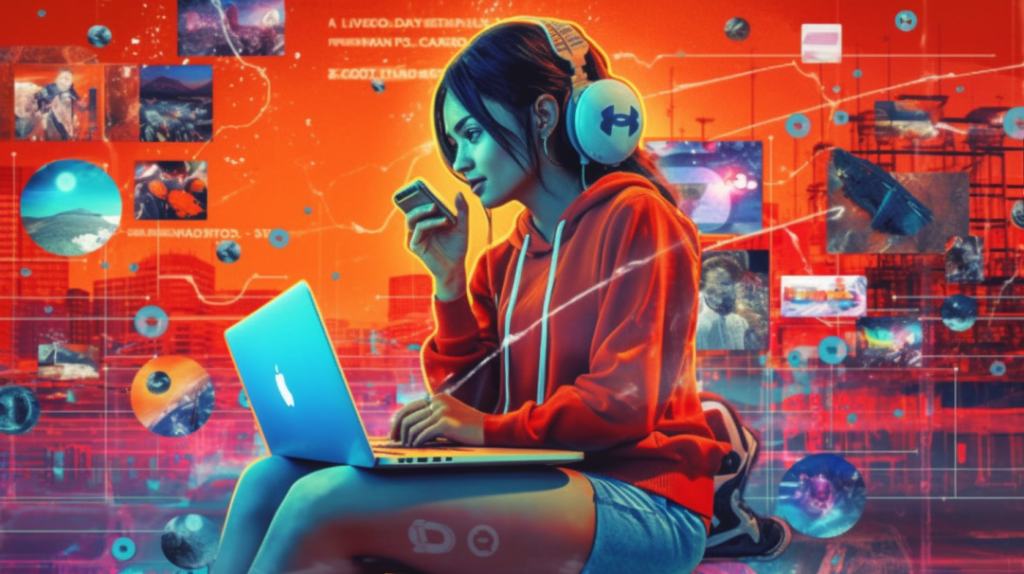
Despite the limitations of current AI writing tools in terms of creativity and originality, there’s no doubt that they can offer significant benefits to content creators looking to streamline their workflow. By using AI algorithms’ assistance, professionals can speed up content creation processes, automate repetitive tasks, reduce costs, and improve accuracy – among other things.
However, as with all collaborations between humans and machines, ethical and legal considerations also come into play. For instance, if a content creator uses an AI tool to generate written material but does not disclose it to their audience or clients, that could be considered unethical or even fraudulent.
Similarly, creators who rely on these tools must ensure that their usage adheres to copyright law and doesn’t infringe on others’ rights or intellectual property. For instance, if an AI-generated article uses copyrighted material without permission or attribution, the creator could be held liable for infringement.
There are also questions about how these collaborations will affect the future of creative work. Will they lead to more standardization across outputs? Or will it enable content creators to explore new ideas and break free from current trends?
Given the legal risks associated with using generative AI systems, businesses need to take necessary measures to mitigate potential risks actively. These include ensuring compliance with laws concerning copyright protection and fair use so as not to infringe on others’ rights when creating original content collaboratively.
Collaborating with an AI is like hiring a partner whose input is only as good as you make it. It may produce work faster than humans but lacks essential characteristics such as emotions or critical thinking needed for creativity.
Ethical and Legal Responsibilities
When it comes to AI writing, there are several ethical and legal responsibilities that need to be taken into consideration. While AI algorithms can produce content that is both high-quality and informative, there are instances when the use of these technologies could be deemed unethical.
One of the primary concerns when it comes to AI writing is plagiarism. If an AI algorithm is trained on a specific dataset that contains copyrighted material, there is a risk that the algorithm could inadvertently produce plagiarized content. This creates complicated questions around intellectual property laws and fair use doctrines, which must be addressed in order to protect both creators and users of AI-generated content.
Another ethical consideration relates to transparency. If an AI algorithm has been used to create a piece of content, it may not always be immediately obvious whether a human or machine was responsible for its creation. This lack of transparency could be seen as misleading, and there are calls for greater accountability in terms of acknowledging the role played by algorithms in data-driven content creation.
To address these ethical concerns, many AI writing platforms have implemented mechanisms for detecting plagiarism, or for providing transparency around their content creation processes. These measures help to ensure that users can trust the content produced by AI algorithms and also help creators protect their intellectual property rights.
From a legal perspective, there are also several obligations associated with the use of AI algorithms to generate content. For example, businesses that utilize these tools must ensure they comply with relevant data privacy regulations and information security requirements. There are also likely to be copyright issues if an algorithm is trained on copyrighted material without permission from the owner.
In some cases, those involved in the development and deployment of AI writing algorithms may argue that their use represents a significant advancement in the field of text production and should therefore be encouraged rather than regulated. However, opponents may argue that allowing machines to produce content without adequate human oversight could lead to a reduction in quality and accuracy, as well as a loss of creativity and originality.
It’s important to remember that while AI writing tools like On-Page.ai has the potential to bring significant benefits to businesses and consumers, these technologies must be used responsibly and with consideration for the ethical and legal implications.
User-Generated Content in AI Writing Platforms
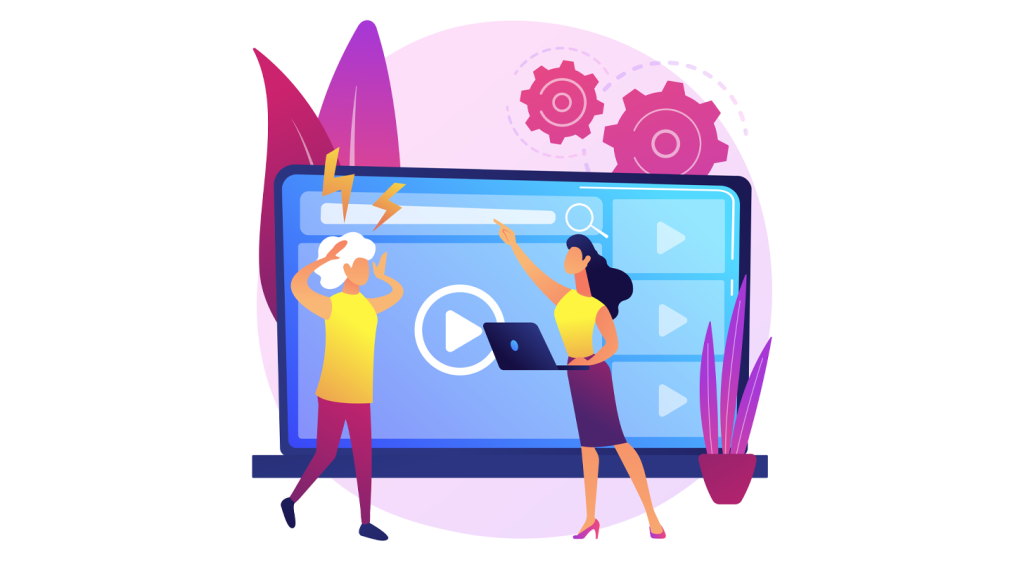
Another area of ethical and legal concern when it comes to AI writing is the use of user-generated content (UGC) within these platforms. UGC can take many forms, including product reviews, comments, and social media posts, all of which could potentially be integrated into machine learning algorithms in order to generate new content.
However, there are several challenges associated with using UGC in this way. One issue relates to privacy – by incorporating UGC into algorithms, businesses may inadvertently reveal sensitive information about their customers or users. There is also the risk that certain forms of UGC could be considered offensive or inappropriate, which would then reflect poorly on the business utilizing the content.
To address these challenges, businesses must have robust policies around the collection and use of UGC within their AI writing platforms. This may involve obtaining explicit consent from users before their content is incorporated into algorithms, or implementing filtering mechanisms to screen out potentially harmful or offensive material.
It’s also worth noting that there are concerns around originality when it comes to UGC-generated content. If a piece of content is generated using only snippets of text from various sources – both machine-generated and human-created – how can we determine who owns the rights to that content? This raises questions around copyright laws and fair use doctrines that require careful consideration by businesses looking to incorporate UGC into their content generation processes.
While some may argue that the use of UGC within AI writing platforms is an important way for businesses to engage with their customers and provide personalized content, others may feel that the risks outweigh the benefits. Some experts have even raised concerns that UGC-generated content may ultimately lead to a homogenization of online content, as algorithms begin to favor certain styles or formats.
Ultimately, businesses must weigh up the potential benefits against the ethical and legal risks associated with using UGC within their AI writing platforms. By implementing appropriate policies and safeguards, it may be possible to harness the power of UGC while still protecting both users and businesses from harm.
Originality and Copyright Protection
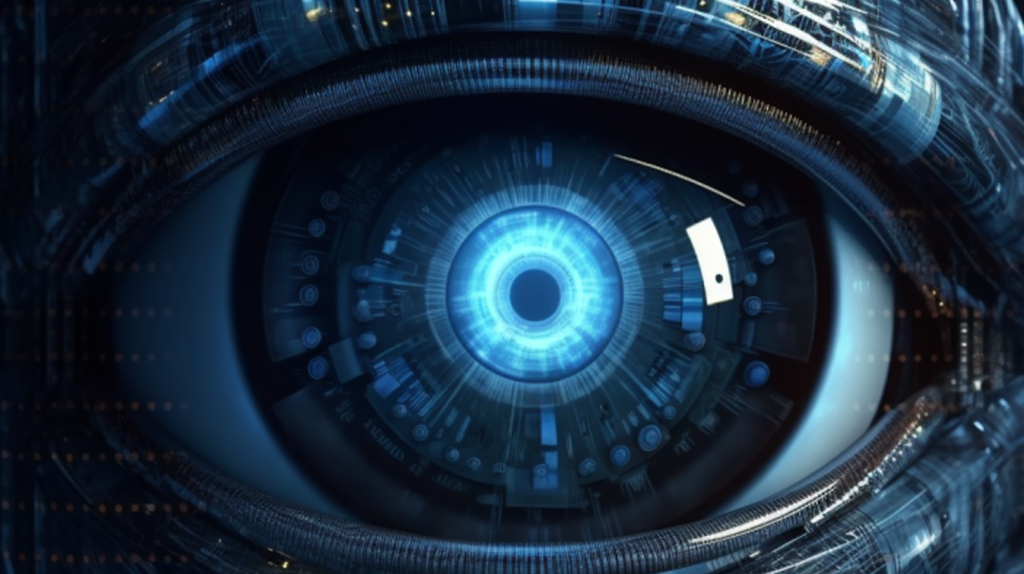
One of the biggest concerns when it comes to AI writing is determining the originality and copyright protection of the generated content. While AI algorithms are becoming more sophisticated and capable of producing written material that is virtually indistinguishable from human-generated content, it’s important to remember that not all AI-generated content is created equal.
For example, while some AI writing tools focus on producing new content from scratch, other tools are designed to simply “rephrase” or “rewrite” existing content. In the latter case, even if the final output appears original, it may still be considered a derivative work that infringes on the original author’s copyright.
To avoid these issues, it’s important for anyone using an AI writing tool to understand the underlying algorithms and how they generate content. Some tools may rely heavily on pre-existing templates or data sets for inspiration, while others like On-Page.ai may incorporate natural language processing techniques to produce truly unique and original output.
However, even in cases where an AI algorithm is generating completely original content from scratch, questions can arise about who owns the copyright to that material. Some argue that since there is no “human” author behind the work, there should be no copyright protection afforded to it. Others point out that the creative input required to design and train the AI model itself is inherently human-driven, and therefore should be protected by copyright law.
- According to a 2020 study by the Stanford Institute for Human-Centered Artificial Intelligence, approximately 62% of AI professionals believe that current copyright laws do not provide adequate protection for AI-generated content.
- A survey conducted in 2021 by the World Intellectual Property Organization (WIPO) gathered opinions from 193 member states and revealed that only 34 countries have specific intellectual property regulations related to AI-generated works.
- In a 2020 report published by WIPO, it was found that over 50% of patent applications related to AI had been filed within the last five years, indicating rapid growth and increasing concerns surrounding IP protection for AI innovations.
Legal Challenges and Considerations
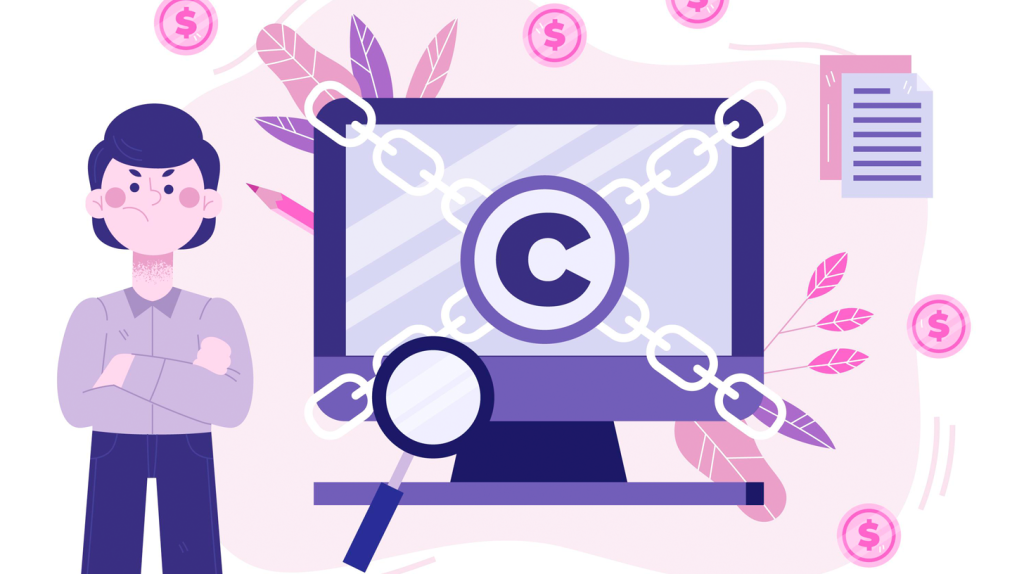
Despite ongoing efforts to clarify legal frameworks around AI-generated content, numerous challenges and considerations remain. Key among these are issues surrounding fair use and intellectual property infringement.
As with any type of digital media, it’s important for users of AI writing tools to exercise caution when reproducing or sharing generated content. Just as with images or text taken from other sources online, using AI-generated content in a way that violates copyright law can result in significant legal consequences.
Additionally, when using AI writing tools like On-Page.ai for commercial purposes, it’s important to be aware of any potential trademark or branding issues that may arise. Using an AI tool to generate copy that infringes on another company’s registered trademarks or proprietary language could result in costly legal battles down the line.
To minimize these risks, many AI writing platforms now offer functionality for users to check generated content against public databases of copyrighted material and other potential issues. Users should also be attentive and proactively seek legal advice if they are uncertain about whether a particular use case is legally defensible.
Finally, given the relative lack of precedent and clarity around AI-generated content issues, it’s important for businesses and individuals working with these technologies to remain vigilant and stay up-to-date on the evolving legal landscape. With new laws and regulations being proposed all the time, those who prioritize compliance and ethical practices will likely be better positioned to succeed in this exciting but rapidly-evolving field.
Fair Use and Intellectual Property Infringement
One of the main concerns related to AI writing is how it may impact existing copyright laws and regulations. Copyright protection grants creators certain exclusive rights over their original works, including the right to reproduce, distribute, and display their work. However, fair use allows for limited uses of copyrighted material without permission from the owner, under certain circumstances.
Fair use is a defense against claims of copyright infringement, and it takes into account factors such as the purpose and character of the use, the nature of the copyrighted work, the amount and substantiality of the portion used in relation to the whole, and the effect on the potential market for or value of the original work.
For example, a news organization may be able to use a small portion of a copyrighted photograph in its reporting on a current newsworthy event. Similarly, a commentator may be able to quote from a copyrighted book as part of an analysis or critique. These are considered transformative uses that serve a different purpose than the original work and do not harm the value or marketability of the original work.
However, with AI writing tools becoming more advanced, there is concern that they may not always be capable of determining what constitutes fair use. For example, an AI tool may generate content that reproduces entire paragraphs or sections from other sources without proper attribution or permission.
This raises questions about who bears responsibility for potential copyright infringement in AI-generated content. While creators may argue that their algorithms are designed to comply with fair use standards, ultimately it is up to them to ensure that their software does not infringe upon others’ intellectual property rights.
On the other hand, some argue that AI-generated content should fall under fair use because it is created using data that is in the public domain or licensed for free use. Additionally, because AI tools generate content based on complex algorithms that are constantly evolving, it may be difficult to establish individual liability or intent on the part of the creators.
For instance, a clickbait site that uses AI-generated headlines and articles may argue that since the content is designed to be sensationalized and get clicks, it is transformative and falls under fair use.
However, despite these arguments, it is important for businesses and individuals using AI writing tools to carefully consider potential copyright issues. Failure to do so can result in costly legal disputes and damage to reputations.
To put it simply, just because an AI tool generates content does not mean that it is exempt from copyright laws. It is no different than a human writer copying and pasting content from another source without permission.
In conclusion, fair use is an important aspect of copyright law that must be taken into account when using AI writing tools. While there may be some gray areas regarding what constitutes fair use in this context, it is always best to err on the side of caution.
If you’re looking for an advanced SEO tool powered by artificial intelligence that takes into account fair use regulations when generating content, look no further than On-Page.ai. With its cutting-edge technology and focus on original content creation, On-Page.ai can help you avoid potential legal issues while still optimizing your website for better rankings.
Answers to Common Questions with Detailed Explanations
What is the role of copyright law in protecting written works created by AI?
The role of copyright law in protecting written works created by AI is essential, especially in the era of digital content creation. Copyright law establishes the legal framework that grants the owner of a literary work exclusive rights, such as distribution, public performance, and reproduction. In the case of an AI-generated text, copyright ownership can become more complex since there is no clear authorship attribution.
One way to protect AI-created texts under copyright law is by assigning ownership to the person or entity that oversaw the AI’s creation. For instance, if a company uses AI algorithms to generate marketing copy for its website, then the company would be considered the author and could obtain a copyright registration for those works.
However, some experts believe that current copyright laws may not be sufficient to address all potential issues raised by AI-generated content. The European Union Intellectual Property Office (EUIPO) conducted research on this topic and found that while most EU member states recognize computer-generated works under their copyright laws, there are still differences in how these laws apply to certain types of AI-generated works. Therefore, legislation may need to be updated to account for advancements in technology and ensure proper protection of intellectual property.
In conclusion, copyright law plays a crucial role in protecting written works created by AI. Although it may require updates and revisions, it provides essential protections that safeguard the interests of those who create or commission such works.
How do copyright laws vary between countries in relation to AI writing?
Copyright laws vary between countries in relation to AI writing, which can lead to confusion and potential legal issues for creators. Some countries have more stringent copyright laws than others, which can impact the protections granted to the creators of AI-generated content.
For instance, in the United States, copyright laws generally grant protection to original works of authorship, including those created by AI. However, it is still unclear how courts will interpret these laws when it comes to AI-generated content. In comparison, China’s copyright law does not currently grant protection to “computer-generated works”, meaning that authors may choose to use AI-generated content without attribution or risk of infringement.
Europe has also taken steps to address the issue of copyright protections for AI-generated content. In 2019, the European Union passed a new set of regulations called the Copyright Directive that seeks to modernize copyright law for the digital age. These regulations include provisions that require online platforms to take greater responsibility for user-uploaded content and to ensure that creators receive fair compensation for their work, even if it is generated by AI.
Ultimately, the varying approaches to copyright protections for AI-generated content highlight the importance of staying up-to-date with legal developments in your country or region and seeking professional advice when uncertain about your rights as a creator. As more and more content is generated by AI in the future, it will become increasingly important for lawmakers and industry leaders to work together to establish clear guidelines and regulations surrounding ownership and rights.
How can copyright laws be updated to better address the challenges posed by AI writing?
As AI becomes increasingly sophisticated, it is clear that copyright laws need to be updated to catch up with this new reality. One potential solution would be to establish clear guidelines for how AI-generated content should be classified under copyright law. Currently, there is considerable ambiguity about whether AI-generated content can be considered original and therefore eligible for copyright protection.
Another concern is the potential for AI to infringe on existing copyrights by creating derivative works without permission from the original creator. This could become particularly problematic as AI writing continues to grow in popularity. In order to address these challenges, it may be necessary to set clearer boundaries around what constitutes a fair use of copyrighted content in the context of AI-generated works.
Statistics show that there has already been a significant increase in the amount of AI-generated content being produced across various industries. For example, according to the market research firm Tractica, global spending on AI software is expected to reach $126 billion by 2025. This growth will undoubtedly lead to more legal disputes about ownership and infringement of copyrighted works.
In conclusion, updating copyright laws to better address the challenges posed by AI writing is essential if we want to ensure that creators are properly compensated for their work and that legal disputes are kept to a minimum. By establishing clear guidelines for how AI-generated content should be classified and setting boundaries around fair use, we can help protect both creators and consumers in this rapidly evolving landscape.
Is it ethical for AI to create written works without proper attribution or consent?
The use of AI in written works is a rapidly growing field, but the ethical concerns surrounding it cannot be ignored. While AI can create impressive pieces of writing with ease, it raises questions about the rightful ownership and consent surrounding these works.
From a legal perspective, any original piece of work created by artificial intelligence is considered to be owned by the developer who programmed the AI. In many cases, this means that the AI-generated content can be sold or used without attribution or compensation for the person or team who programmed it.
However, from an ethical standpoint, ignoring proper attribution or consent raises red flags. If an AI creates a piece of writing that closely resembles the work of another individual, it could potentially infringe on their intellectual property rights. This would not only be unethical but also illegal.
Furthermore, many individuals may have moral objections to using AI-generated content without properly acknowledging its source. A recent survey conducted by Pew Research Center found that 73% of American adults believe that it is at least somewhat important for AI-generated content to disclose its source, whether human or machine.
In conclusion, while current laws permit the use and ownership of AI-generated content without proper attribution or consent, it remains crucial for society to consider the ethical implications involved. With rising public concern over transparency and fairness in automated technologies such as AI, developers, and users must pay close attention to these problems as they progress further into the future.
What are the potential legal ramifications for using AI-generated content without permission?
Using AI-generated content without permission can have serious legal consequences, including copyright infringement and potential lawsuits. While AI technology has advanced rapidly in recent years, it is still subject to copyright laws.
Copyright laws provide owners of original works with exclusive rights to their creations, including the right to control how those works are used and distributed. If an individual or organization uses AI-generated content without obtaining permission from the copyright owner, they may be liable for copyright infringement.
In fact, a 2019 survey conducted by the International Association of Privacy Professionals found that more than 80% of businesses recognized the risk of copyright infringement when using AI-generated content without permission. This highlights that companies are aware of the potential legal ramifications and should take steps to mitigate their risk.
Complicating matters further, ownership rights of AI-generated content can be difficult to determine. In some cases, the creator of the AI algorithm may hold some rights over the generated content. Additionally, determining whether a work was created by a human or machine can challenge longstanding legal principles on authorship and ownership.
Therefore, it is crucial for individuals and organizations to obtain permission before using AI-generated content and to ensure appropriate attribution is provided. By doing so, they can avoid potential legal disputes and protect themselves from liability.

